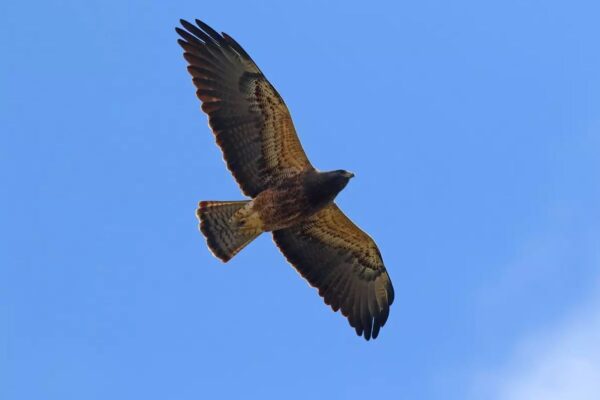Roseate Spoonbill (Platalea ajaja)
At first glance it is easy to assume that pink bird is a flamingo. But flamingos (except for a couple of zoo escapees) don’t appear in Texas. That odd bird is a Roseate Spoonbill, instantly identifiable by its runcible spoon-like bill. Feathers shade from pale pink to bright, almost glowing, pink on their shoulders and rump. Their head is yellowish-green, and their neck is white. Red eyes shine. Their color comes from their food, and youngsters take awhile to fully gain color. As they age, Roseates will “go bald” on their heads, losing feathers.
While there are six species of spoonbills in the world, the Roseate is the only one in the Americas. Its territory ranges along the Gulf Coast of the US, both coasts of Mexico, and through the center of Central America.
They forage in fresh or brackish shallow waters near the coast, dipping their beaks into the water to feel for food. The Roseate scoops its spoonbill through the water filtering out crustaceans and fish to eat. Look for them in the same areas you will find Ibis, Herons, and Egrets. Like these other waterbirds, Roseates nest and roost in trees and shrubs. Males collect sticks and build a bulky nest filled with plant materials for the female. The completed nest is rather large, close to 2 feet wide and 4-5 inches deep. The female lays 1-5 eggs once a year. Incubation is 22 days, and they are nestlings for another 1.5 months. The oldest known Roseate lived more than 15 years.

In the 1880s they were almost eliminated by plume hunters who wanted their beautiful feathers for ladies’ hats. Today they are uncommon except in Texas and Florida, but their population is increasing. They are often described as gorgeous from a distance (I think they look like flying cotton candy) and bizarre up close. Whatever the case, you will never forget seeing a Roseate spoonbill!
Compiled by Jeanette Larson. Photos courtesy of Jeanette Larson.
References: All About Birds, Audubon Field Guide




